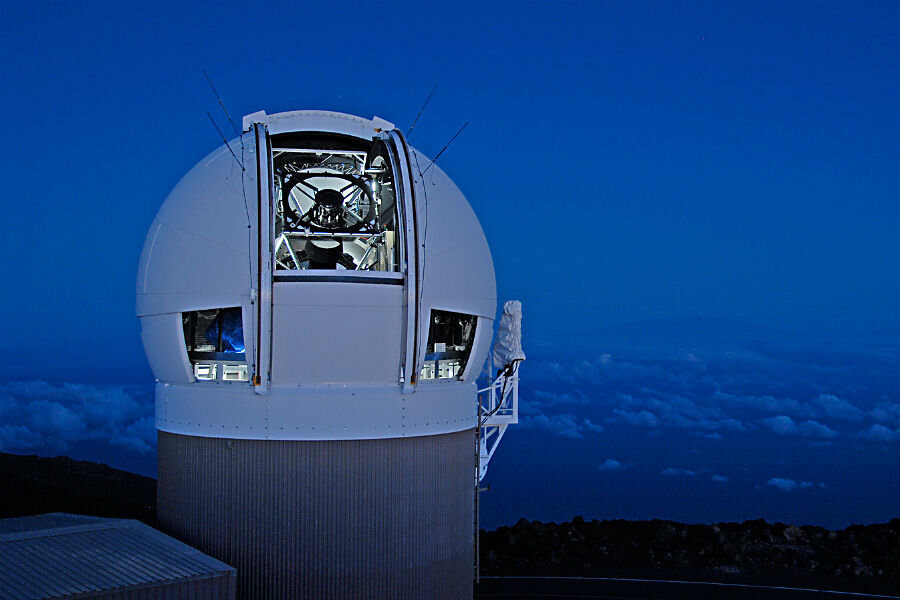Can NASA’s new office prevent Armageddon?
Loading...
The National Aeronautics and Space Administration recently opened an office to prevent Armageddon.
It may sound like science fiction, but the new Planetary Defense Coordination Office within NASA’s Planetary Science Division will endeavor to find and monitor potentially hazardous objects (PHOs) – near-Earth objects (NEOs) with orbits that could bring them close to Earth and sizes large enough to reach the planet surface and cause dangerous impacts.
"The formal establishment of the Planetary Defense Coordination Office makes it evident that the agency is committed to perform a leadership role in national and international efforts for detection of these natural impact hazards, and to be engaged in planning if there is a need for planetary defense," said Lindley Johnson, lead program executive and Planetary Defense Officer for the new office, in an agency press release.
NASA began studying NEOs in the 1970s, eventually starting a formal observation program under a 1998 congressional directive.
NEOs are defined by the agency as any asteroid or comet with an orbit causing the object to pass within 1.3 Astronomical Units of the Sun, with the potential to pass within 0.3 AU of Earth (one AU is about the distance from the Earth to the sun, or 93,000,000 miles).The PHOs that NASA looks to track with its new office are categorized by orbits that could bring them within 0.05 AUs – approximately 4.6 million miles – of Earth, and by sizes that would allow them to reach and impact the Earth’s surface.
NASA has cataloged more than 13,500 NEOs since they began tracking the objects, more than 1,600 of which could be categorized as PHOs. The space agency maintains a table of PHOs listing their risk potential to impact Earth within the next century, along with their impact probabilities and quantitative information. The new office will seek to keep an eye on the possible risks, as well as continue the search for new NEOs and PHOs.
According to NASA’s table, all currently identified objects have a collision probability of essentially zero, and are all considered “No Hazard” on the NEO impact hazard Torino Scale. And while all known objects currently have a "No Hazard" rating, hundreds of NEOs continue to be discovered annually. With the new office, NASA hopes to be able to more effectively mark more risky PHOs and have a plan in place for warnings and response strategies to any possible future threats.
The founding of the new office comes as NASA’s NEO observation and planetary defense budgets have increased to $50 million under the recently passed federal budget. The office will also coordinate with NASA’s Asteroid Redirect Mission, scheduled for 2020, which will involve sending a robot to an NEO to collect a multiton portion of an asteroid and bring it into orbit around the moon for study by astronauts.
The planetary defense office hopes information from the redirect mission, and from NASA and the European Space Agency’s joint Asteroid Impact and Deflection Assessment, could provide options for dealing with PHOs on course for Earth by either pulling at their orbits using other massive objects, or by sending spacecraft to knock the PHOs off their paths. Until those missions provide results though, the office will focus on its communication and warning strategies and emergency plan in the event of an impact.
“Asteroid detection, tracking and defense of our planet is something that NASA, its interagency partners, and the global community take very seriously,” said John Grunsfeld, associate administrator for NASA's Science Mission Directorate in the agency’s news release.
“While there are no known impact threats at this time, the 2013 Chelyabinsk super-fireball and the recent ‘Halloween Asteroid’ close approach remind us of why we need to remain vigilant and keep our eyes to the sky,” Grunsfeld said.







